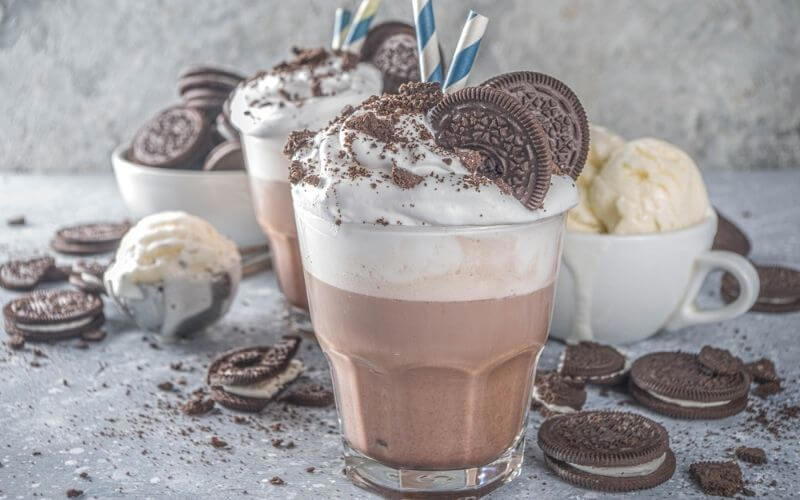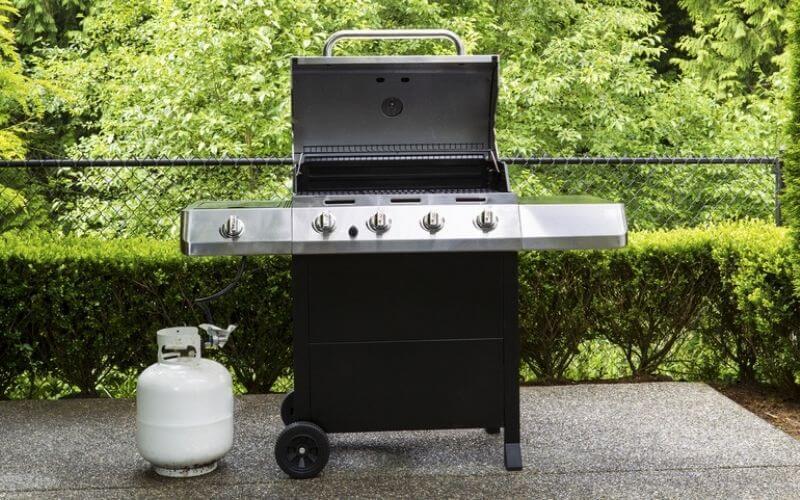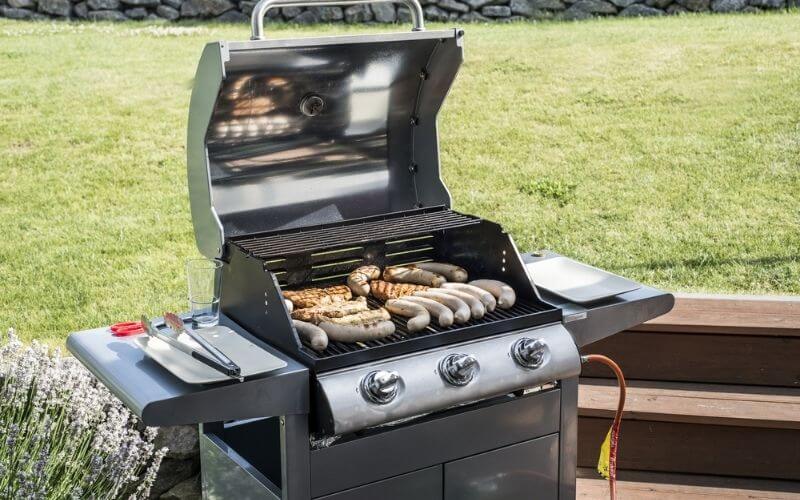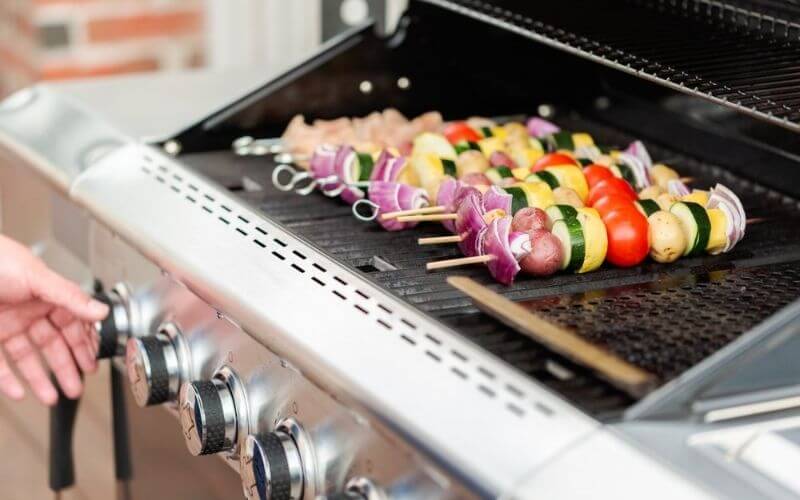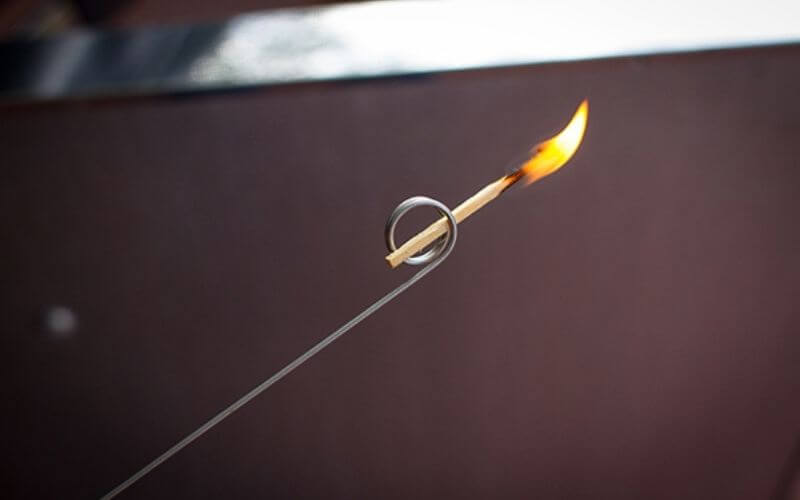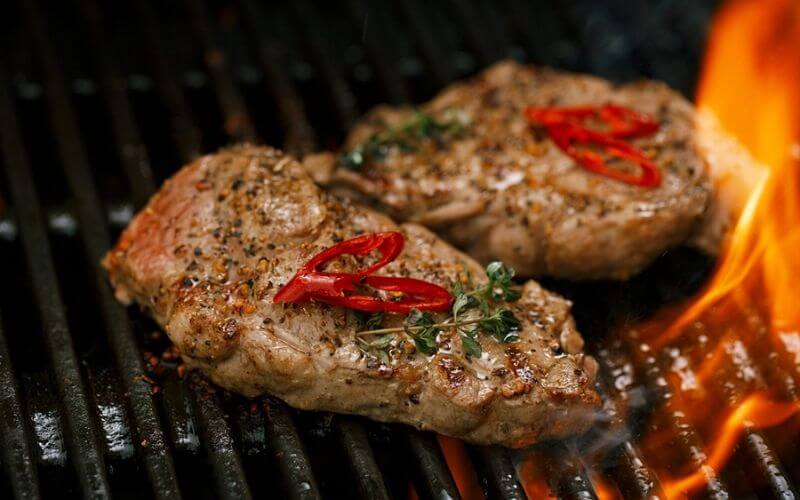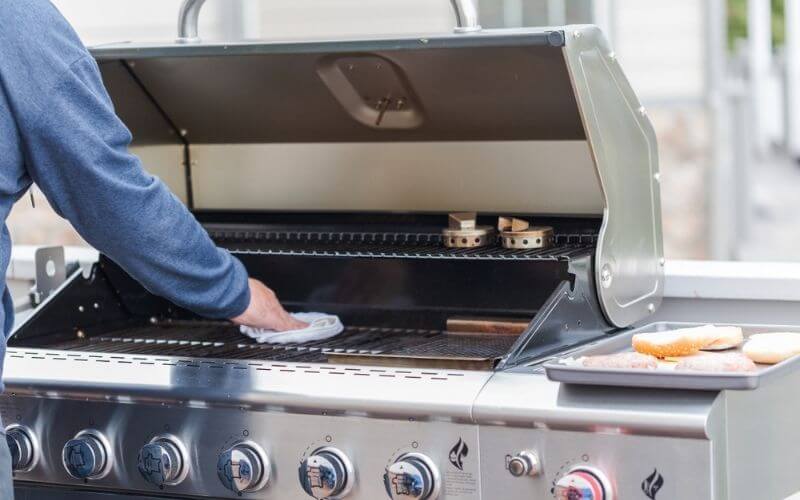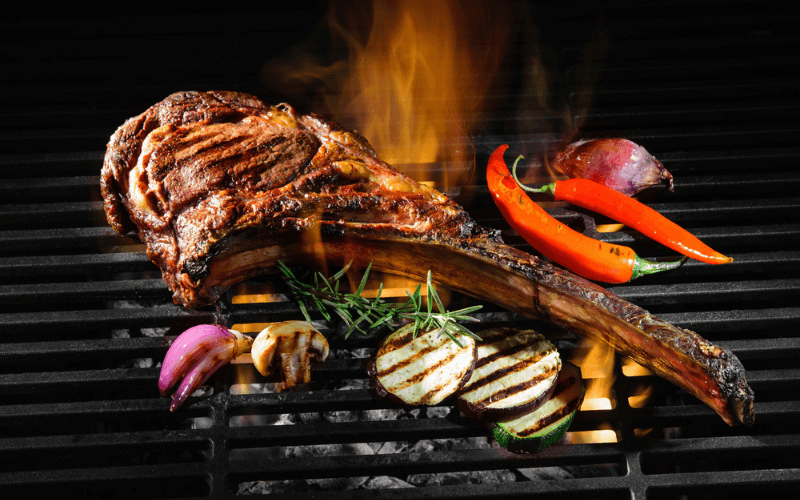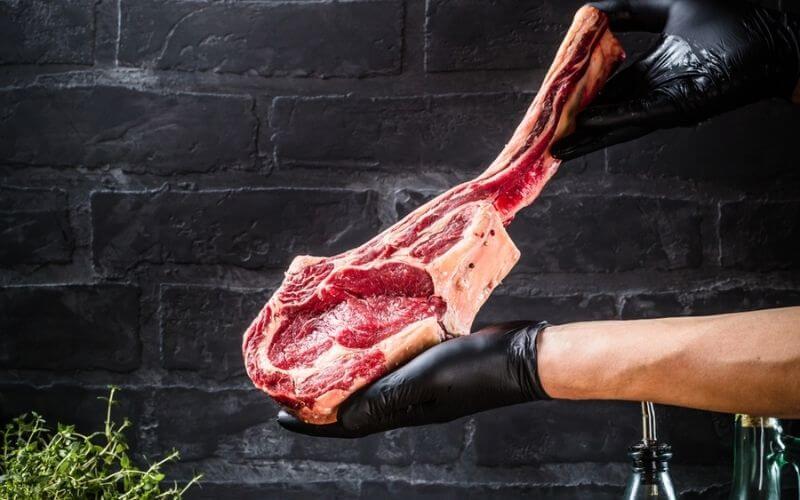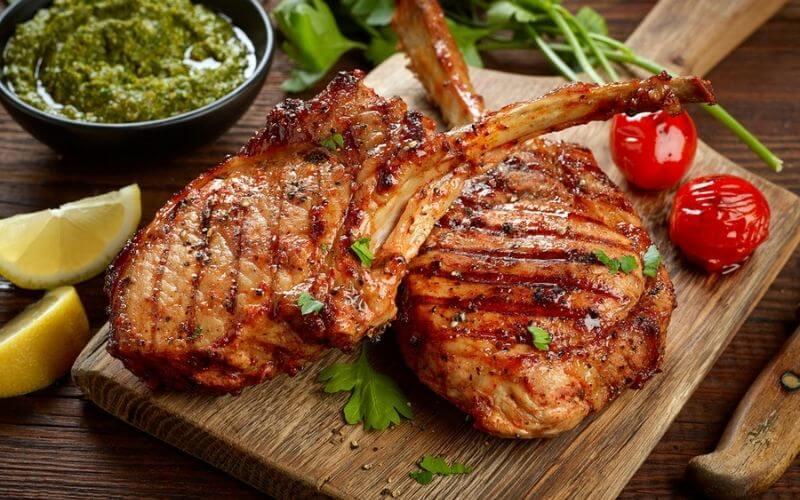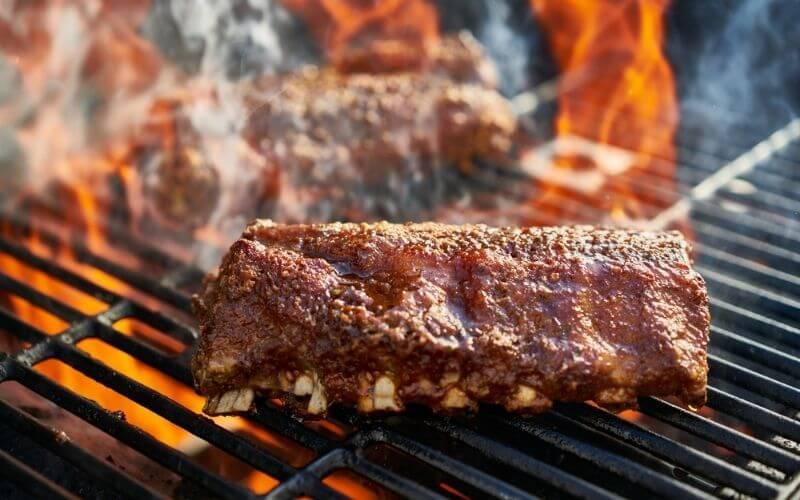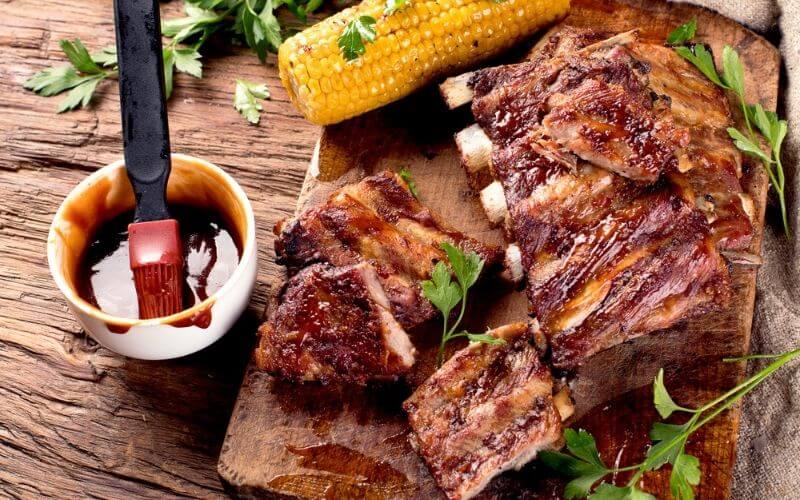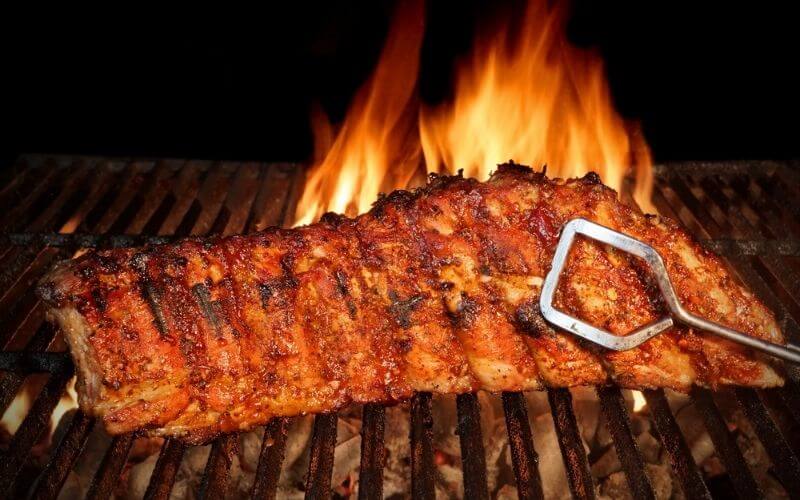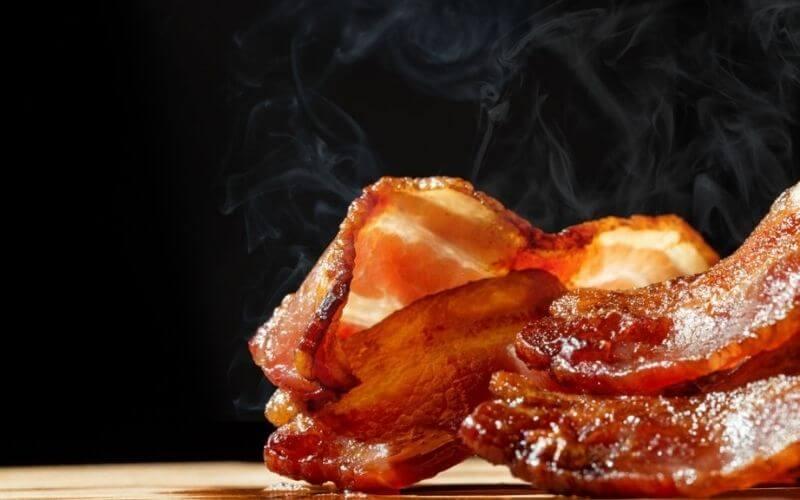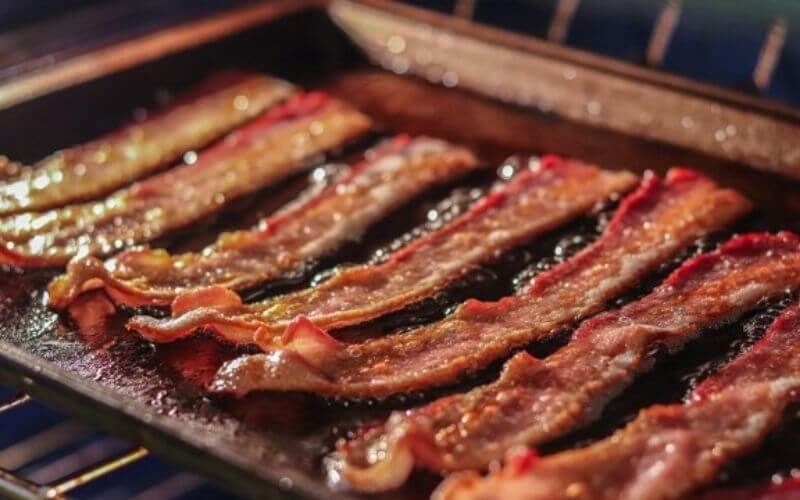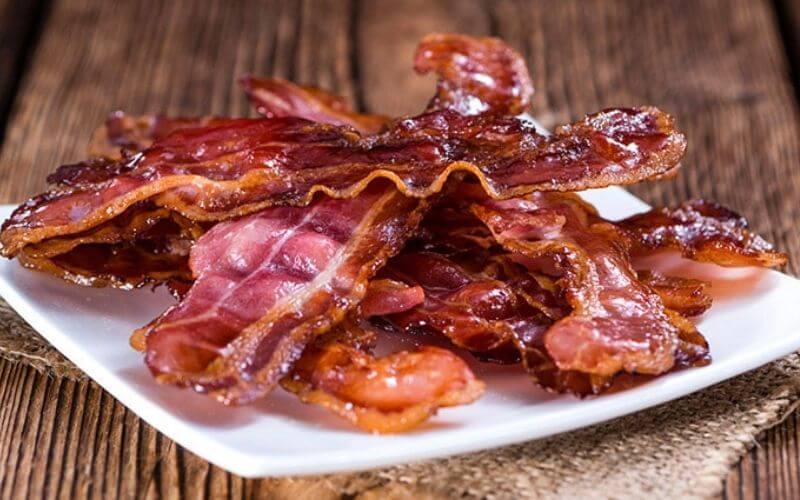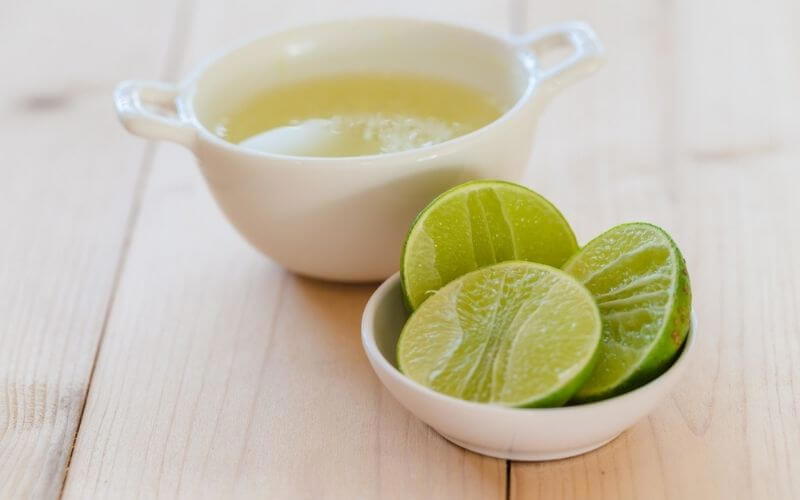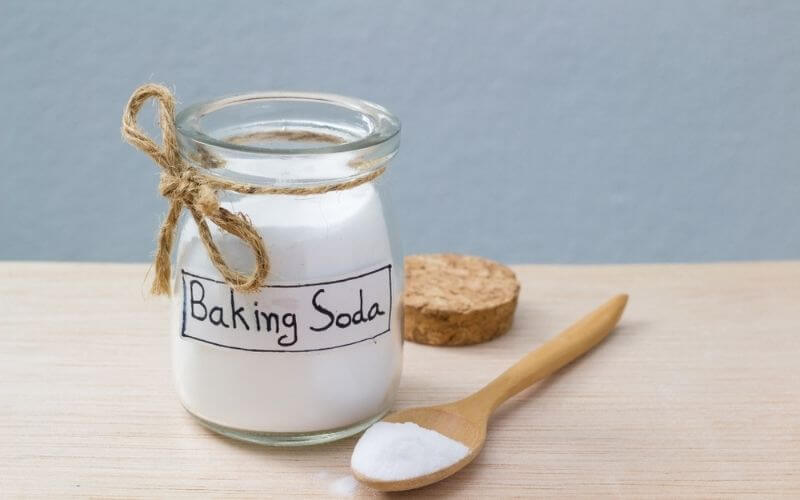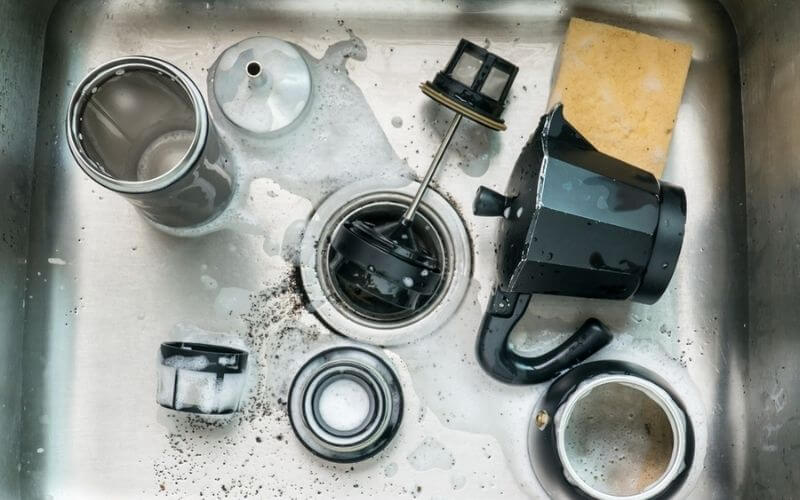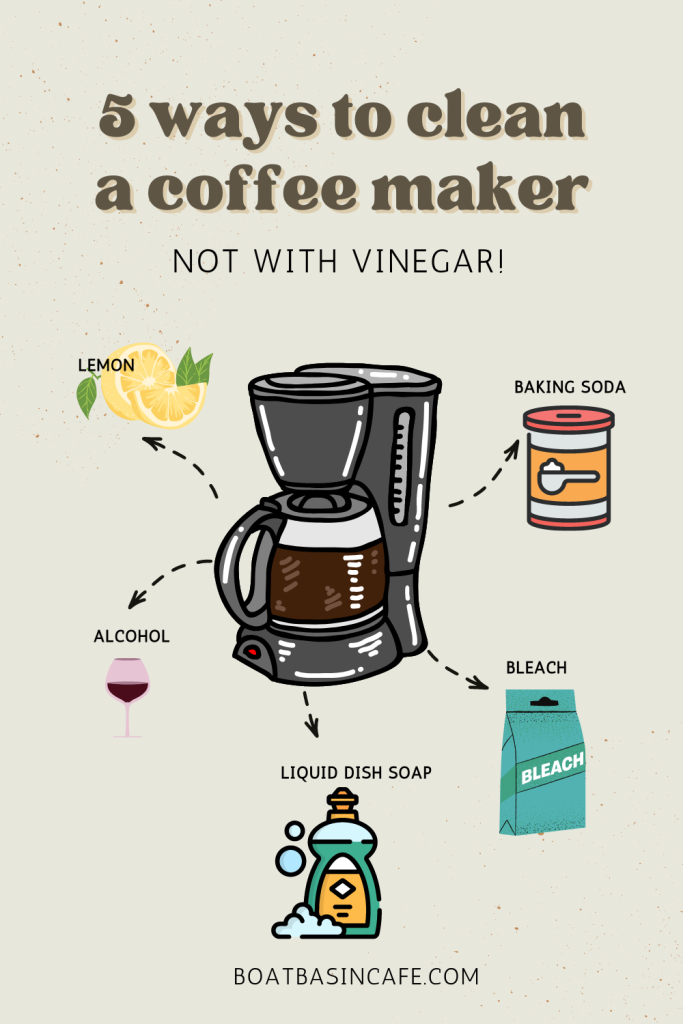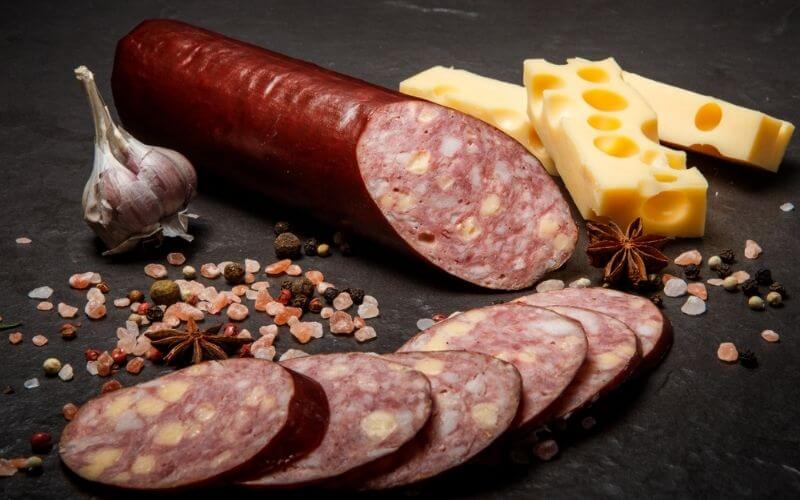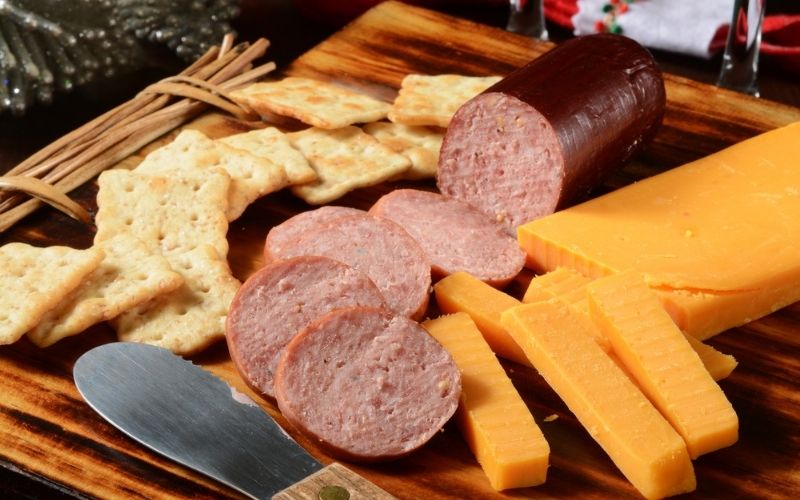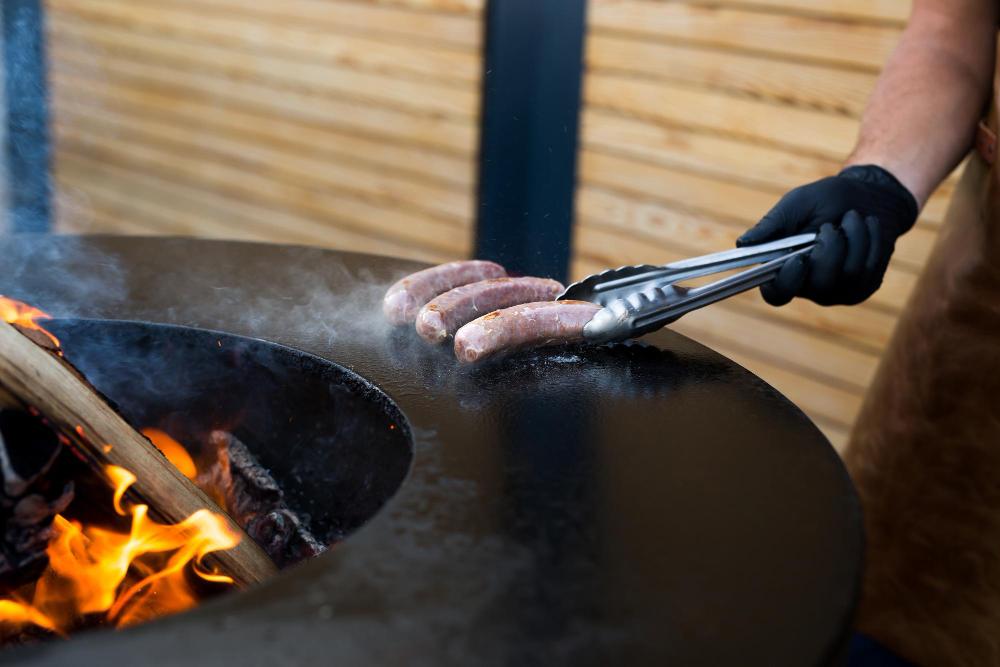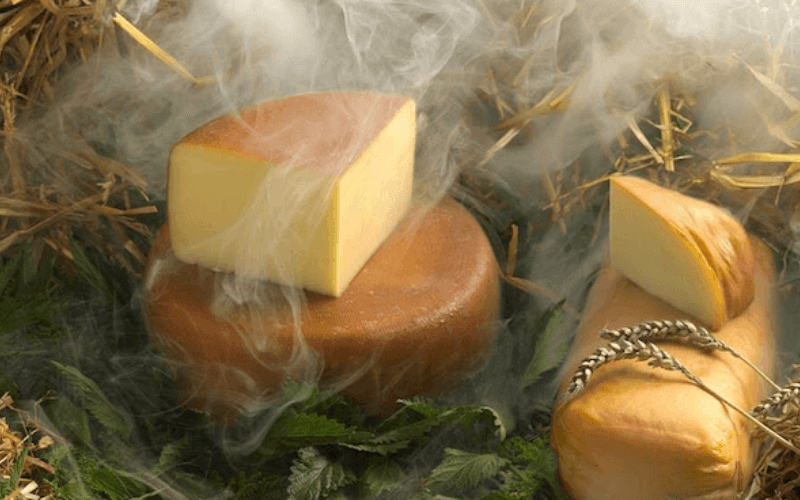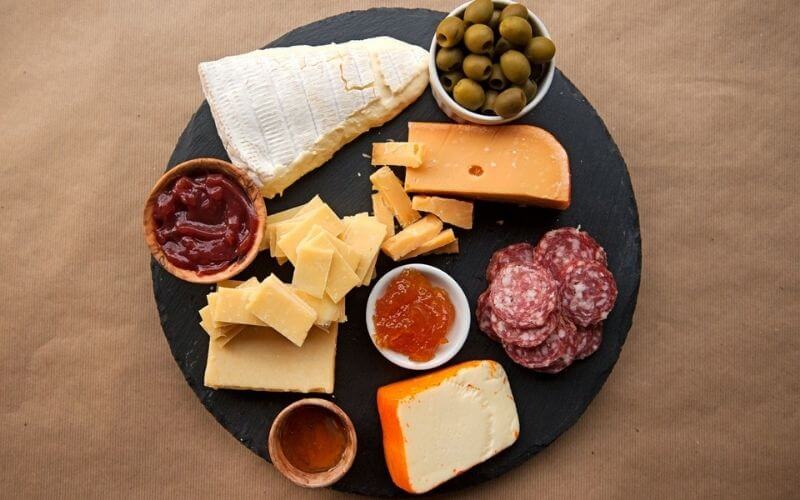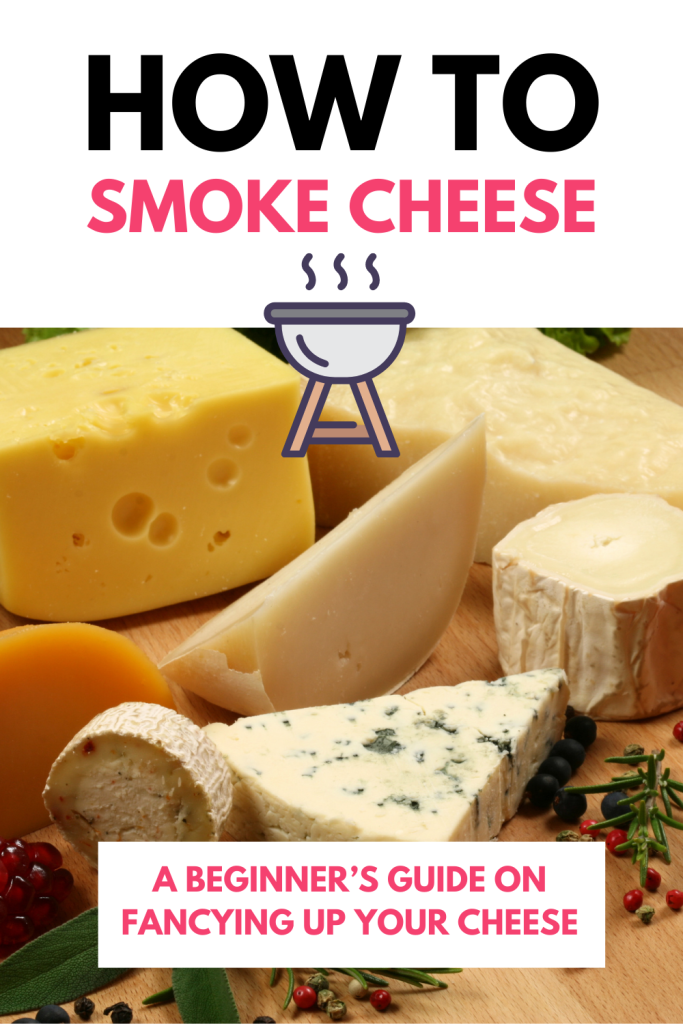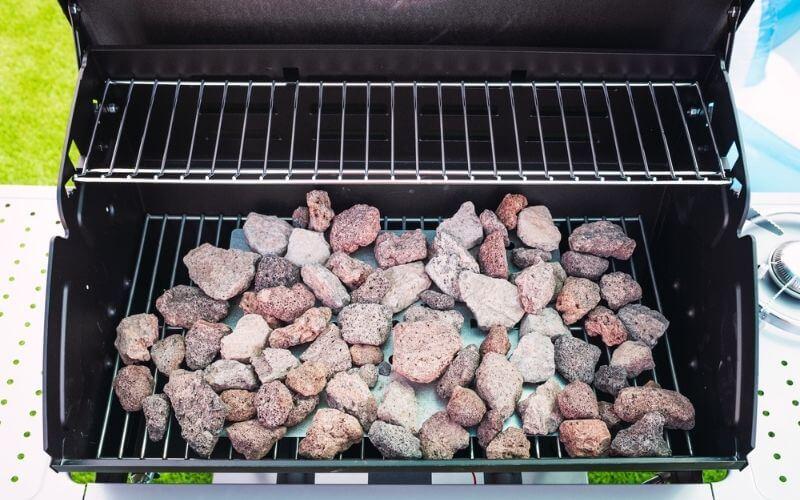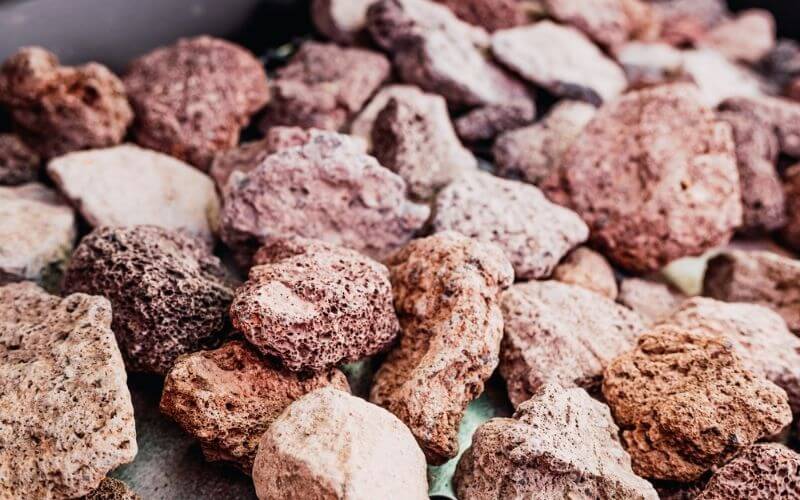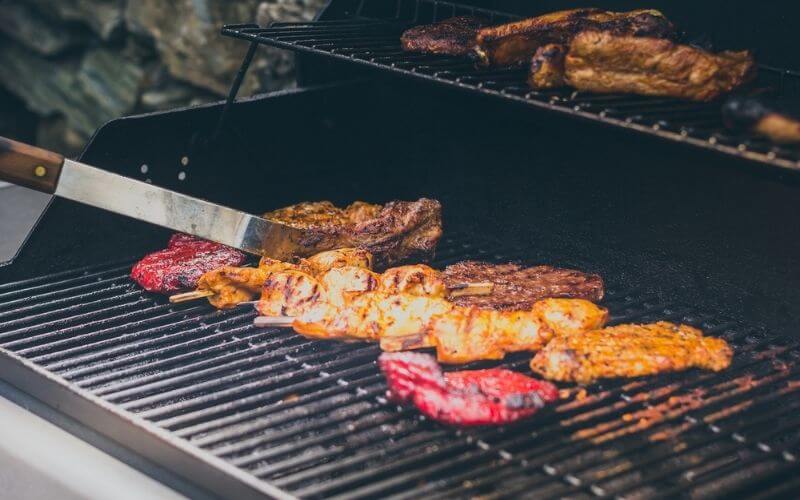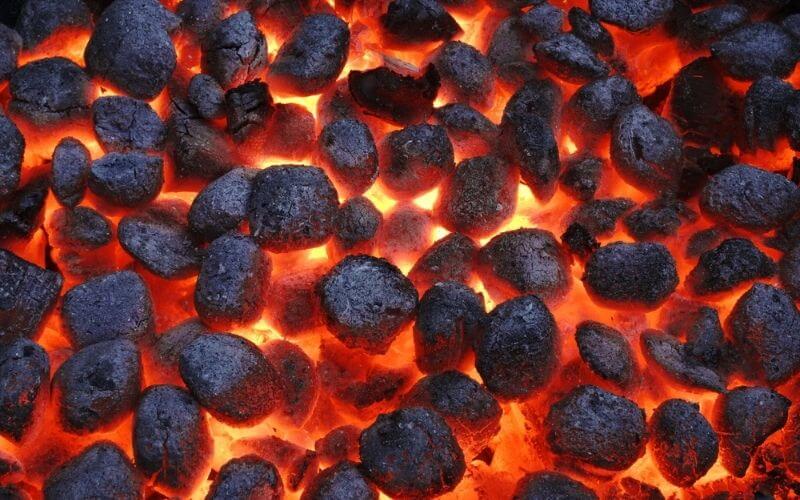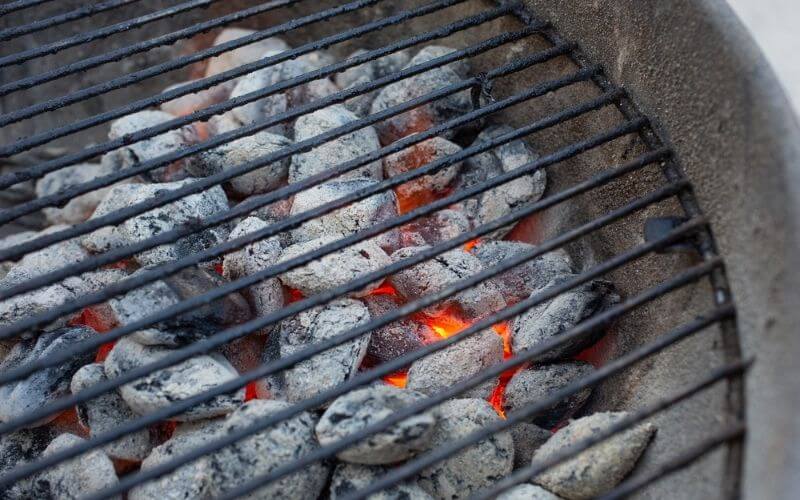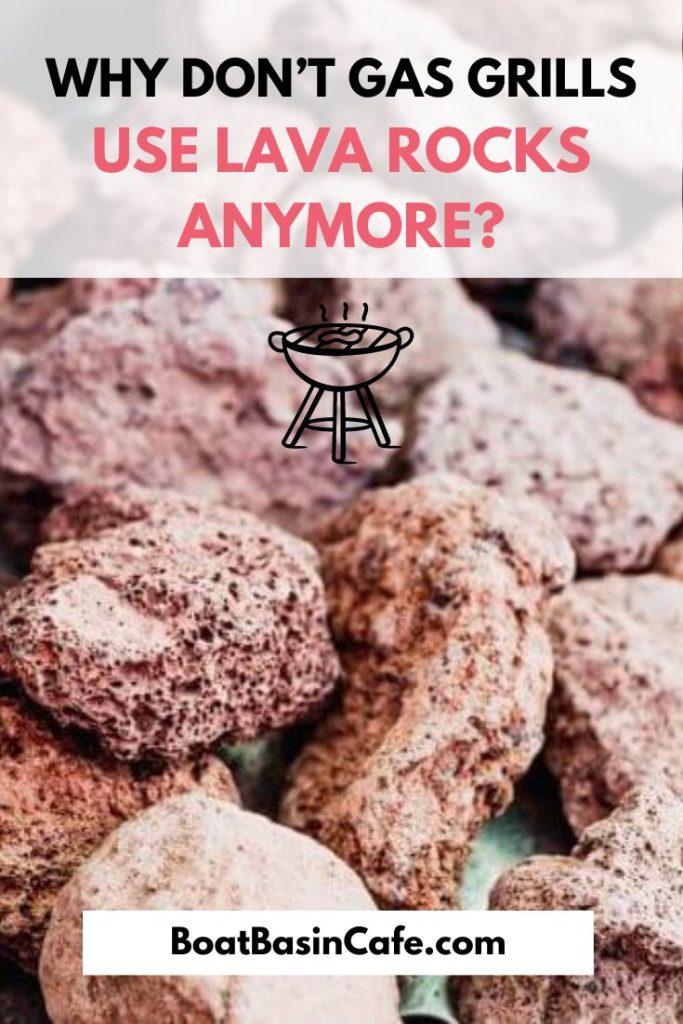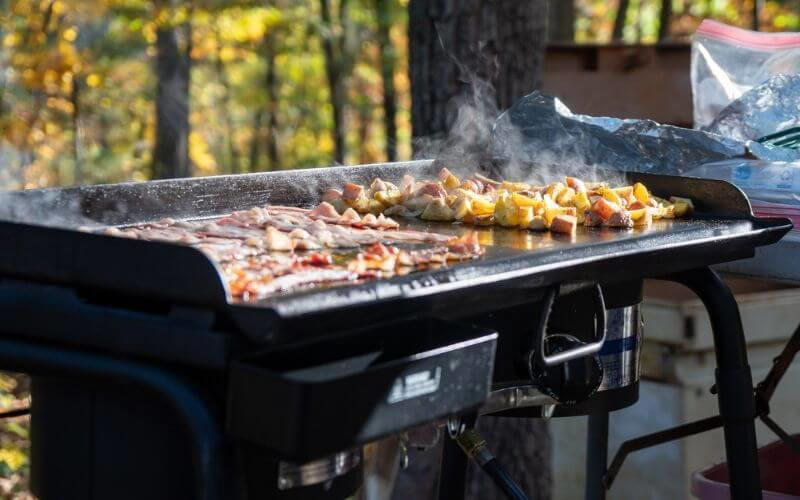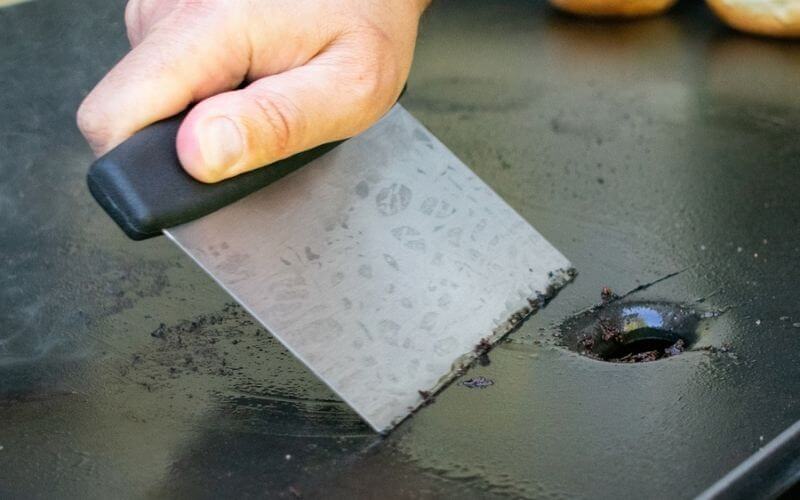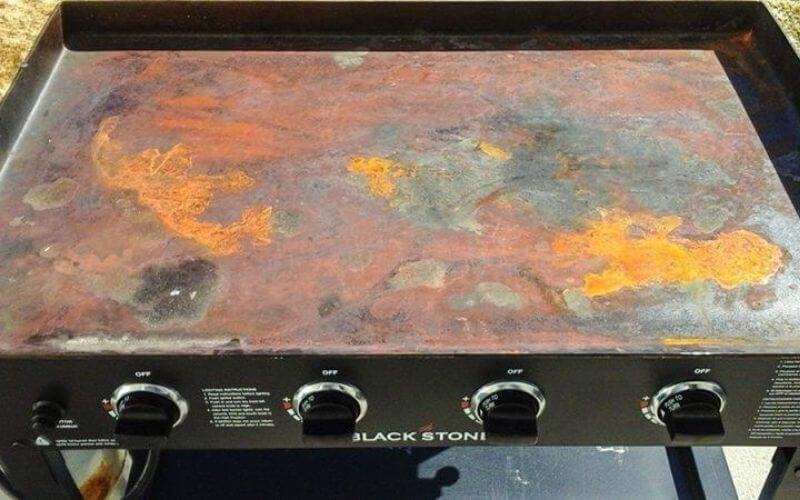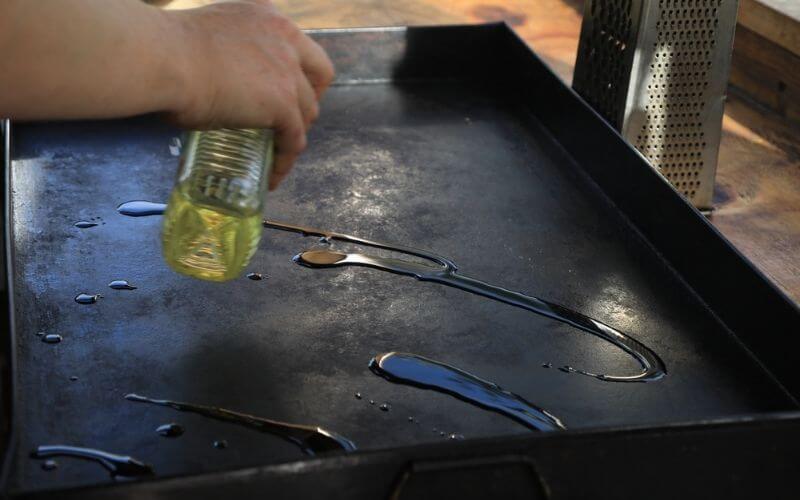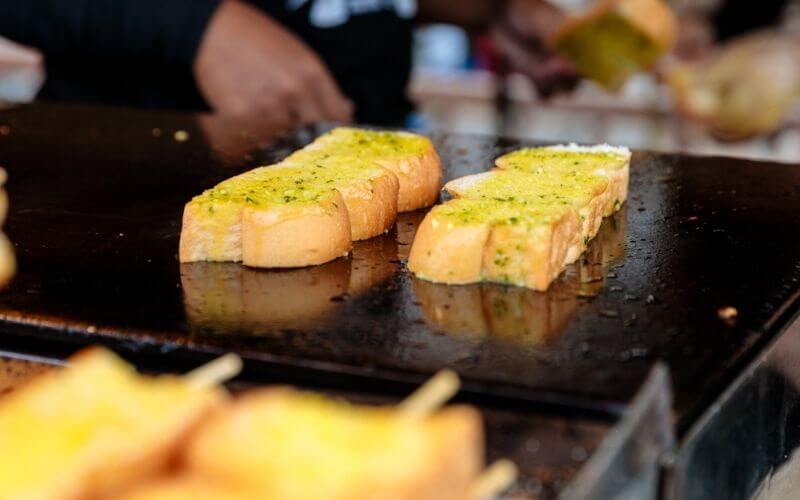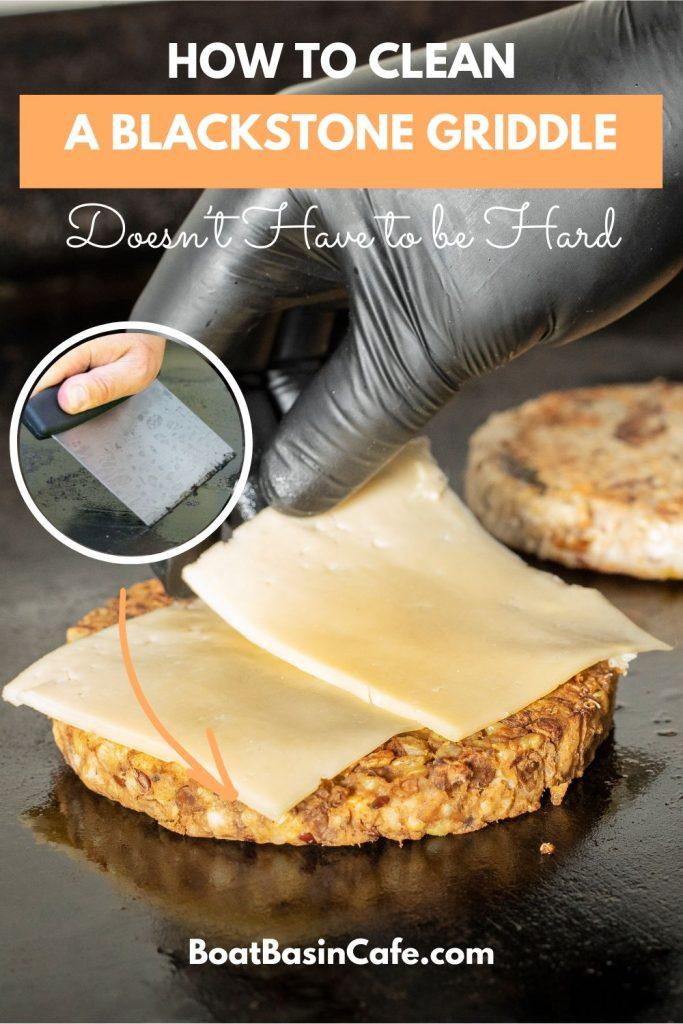Few things pair well together better than chocolate and coffee. Each brings out the best in the other in terms of favor and the notes in both complement each other perfectly.
Because of this, lots of recipes including chocolate also recommend adding a pinch of espresso powder or a spoon of brewed coffee. Although coffee purists sneer at the idea of adding sweeteners or cream to black coffee or espresso, we love a sweet and cozy warm beverage on chilly days.
If you haven’t ventured out into the world of fancy coffee drinks, you might be wondering ‘what is a mocha?’ We’ll answer that in this article, and even show you how to make a mocha drink right at home. You won’t need a fancy espresso or mocha machine to make a great mocha espresso!
What is a Mocha?

Let’s start with the mocha coffee definition. A mocha is basically just a regular latte with the addition of chocolate syrup. Lattes are popular because they are so customizable and you can add extras like caramel, hazelnut, and even fruity syrups to change the flavor.
But back to the mocha. This drink is made with 1-2 shots of espresso, steamed milk, and a couple of pumps of chocolate syrup. It is derived from an Italian drink called Bicerin, in which the coffee, milk, and chocolate are carefully layered over each other.
In a mocha the 3 layers are mixed. This beverage is served hot and is also known as a mocha latte or café mocha. A similar drink is the mochaccino coffee, which is like a cross between a mocha latte and cappuccino. When blended with ice or poured over ice cubes, you get an iced mocha.
At a coffee shop, you may be asked whether you want a white mocha or a dark one. Generally, the regular mocha is made with milk chocolate syrup. On the other hand, a white or dark mocha white chocolate syrup and dark chocolate syrup respectively.
A dark mocha is best if you like your coffee drinks on the bitter side, while a regular mocha is perfect for those with a sweet tooth. If you like the taste of white chocolate, then a white mocha is what you should order.
At the end of the day, if you like chocolate and love coffee, mocha and its derived beverages will be perfect for you!
Lattes and Mocha: How are They Different?
If you stumble over your words at the local artisanal coffee shop, you’re not the only one. This will show you the difference between two of the most popular coffees so you’ll know which one you want to order.
Every coffee drink on the planet has the same foundation.
Brewed espresso and steamed milk.
Everything else is built from this foundation. Sometimes the amounts of each may differ. But this is the basis for every coffee beverage. So, let’s look at how lattes and mochas are constructed.
Lattes:
A latte is a milk-based coffee that has 3 main components: espresso, steamed milk, and foamed milk. It is 1/3rd espresso, 2/3rd milk, and 1/3rd milk foam.
A standard latte in a coffee shop or restaurant is served in a tall, eight-ounce cup. A shot of espresso is added to the cup, followed by 5-6 ounces of steamed milk. The drink is then topped off with a silky layer of foamed milk. Some baristas add their own touch with intricate latte art on the foam.
You can also add flavored syrups to your latte as you desire. Things like toffee, butterscotch, hazelnut, and raspberry are popular choices.
Mochas:
Mocha coffees are generally made from Arabica beans, which have a sweeter flavor with chocolate notes. Compared to the brew for lattes, mochas are much stronger. They usually consist of the following:
- 1-2 espresso shots
- 2 ounces of chocolate syrup
- 1 ounce of steamed milk
- a thin layer of milk foam on top
In some places, however, a mocha latte is different from a mocha; it is a basic latte with a pump of chocolate syrup added to it.
It is important to note that the chocolate syrup for mochas isn’t the same as the ones usually sold for desserts. Your cheap chocolate syrups will wreck the taste of your coffee as they are crammed with sweeteners and artificial flavor. Save those to top your ice creams and milkshakes.
Instead, use high-quality chocolate syrups that have a proper cocoa content. If you’re trying to make mocha at home you can substitute the syrup for some chocolate shavings, as they melt when added to the coffee.
If you’re in a pinch you can also use something like cocoa powder, or even hot chocolate mix. Although it won’t taste authentic, it will still be a yummy and comforting hot drink.
How to Make a Mocha
This guide will tell you how to make the most delicious mocha coffee right at home. We will show you how to make a barista-style mocha if you have an espresso machine and a professional set up. However, even if you don’t, we will provide substitutes and alternatives.
Making Basic Mocha Coffee:
What You Need:
- 1-2 shots of brewed espresso or
- 1-2 ounces of freshly brewed, strong black coffee
- 2 ounces of chocolate syrup or chocolate shavings or
- 1 tablespoon of cocoa powder or hot chocolate mix
- 8 ounces of milk
For topping (Optional)
- Whipped cream
- Chocolate chips or shavings
- Cinnamon powder
- Espresso powder
Instructions:
- Add your chocolate to a large latte cup of coffee mug.
- To this add your brewed espresso or coffee.
- Steam 8 ounces of milk to around 165°F. If you have an espresso machine, use the steaming wand. If not, heat your milk and then use a good quality frother. Make sure the milk has a good layer of foam.
- After the milk is done steaming, pour into espresso slowly. The foam should top the coffee.
- Finish off your drink with a garnish of whipped cream, a drizzle of chocolate syrup, chocolate shavings, or cinnamon if you want.
- That’s all it takes to make a café mocha; sit back and enjoy your coffee!
How to Make a Mochaccino:
If you want to fancy up a plain cup of cappuccino, give it a chocolate-y twist! Here’s how to make some mochaccino at home.
What You Need:
- 1 cup or 8 ounces whole milk
- 4 tablespoons chocolate syrup or shavings
- 1 teaspoon cocoa powder (Optional)
- 1/4 cup or 2 ounces of espresso or strong brewed coffee
- Toppings of your choice
Instructions:
- Add your brewed coffee to a large cup or mug.
- Heat up your milk and once it is hot, and your cocoa powder.
- Froth the milk until it is silky and has a layer of foam on top.
- Add the chocolate syrup or shavings to the milk and whisk gently until combined.
- Pour the milk into the coffee, topping with the foam.
- Add the toppings of your choice, preferably a sprinkle of cocoa powder, cinnamon, or nutmeg.
Have More Questions?
Below, you’ll find answers to questions we get asked the most about making mocha.
01. What is Mocha Made Of?
Mocha is made from espresso, steamed milk, and chocolate.
02. Can I Get a Mocha without Coffee?
Mocha will contain coffee. A mocha without coffee is essentially hot chocolate.
03. What Flavor is Mocha?
Since this drink contains chocolate, the primary flavors are chocolate and coffee.
04. Is a Mocha Good for Me?
This mostly depends on how you make your drink. Cafe mocha calories are pretty steep but you can make a passably healthy option by using dark chocolate, skim milk, and forgoing any sweeteners. However, it is alright to indulge in a mocha once in a while.
05. Can I Make Iced Drinks with Mocha?
Iced mocha drinks can be made by simply pouring the coffee over a tall glass of ice. You can also replace the espresso or brewed coffee with a cold brew. For a fancier drink, blend the drink with ice for a thick and icy beverage. You can top it off with lots of whipped cream and drizzled chocolate syrup.
In a Nutshell
If you ever fumbled at a certain famous coffee chain, this article will have cleared things up for you. You won’t have to embarrass yourself by asking the barista ‘what is a mocha?’ Instead, you can order a mocha, latte, or mochaccino like a seasoned coffee pro.
As you have just learned, making a mocha at home isn’t a big deal at all. You can impress your friends by whipping up a batch of café mochas in no time at all. The next time you aren’t sure if you want a post-meal coffee or a chocolate dessert, you’ll realize a mocha is exactly what will fix your cravings!
